Unlike many other countries, Argentina's gastronomic offerings stand out for their wide variety of foods, products, and beverages that reflect the country's rich culinary tradition. As you walk through any neighborhood in Buenos Aires, the aromas of homemade dishes invite you to enjoy the local culinary experience. With deeply rooted customs, markets become essential places where cultural heritages are appreciated, from Iberian hams to Reggiano cheeses. If you're looking to make memorable purchases and strolls, here are some recommended markets in Buenos Aires.
History and Evolution of Markets
Historically, markets in Argentina have been fundamental for supplying food and consumer goods. Since colonial times, the main squares of cities, like Plaza de Mayo, served as centers of commercial exchange.
With Argentina's independence in 1816 and urban growth, markets began to be established in an organized manner, adapting to the growing demands of the population. European immigration in the late 19th and early 20th centuries further enriched the range of products. Although supermarkets have transformed retail, markets continue to be key places for daily life in Buenos Aires.

1 - San Telmo Market
Located in the heart of the historic San Telmo neighborhood, this market is a symbol of porteño culture. In addition to its cast-iron architecture, it stands out for its fresh produce, gourmet food, antiques, and crafts. On Sundays, the San Telmo Fair transforms the area into a lively space with live music, folk dances, and a variety of street art.
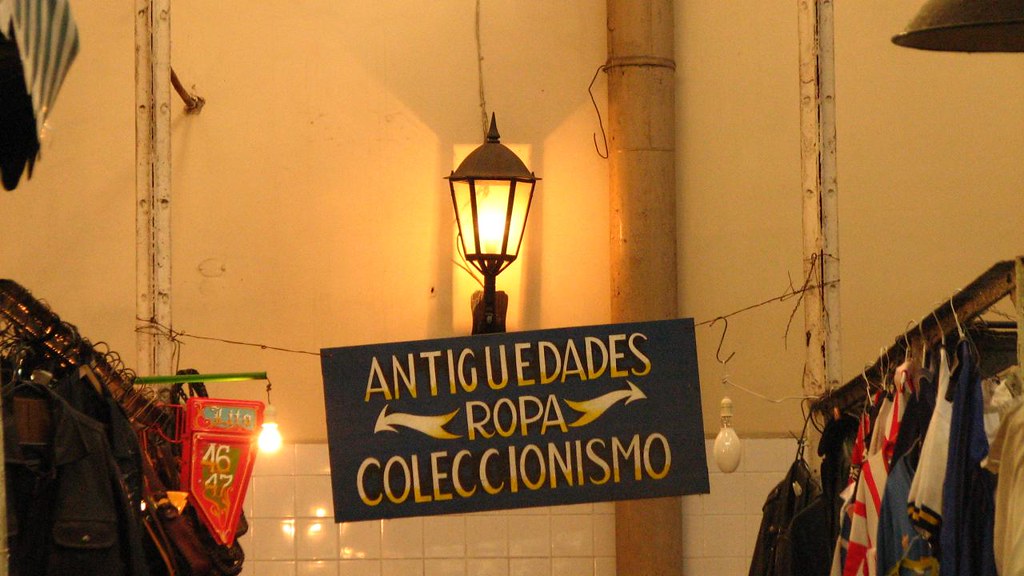
2 - Abasto Market
With its iconic iron and glass structure, Abasto Market is an emblem of urban life in Buenos Aires. Originally a food distribution center, it now combines tradition with modernity, offering everything from fresh fruits and vegetables to gastronomic and cultural options that reflect the city's diversity.
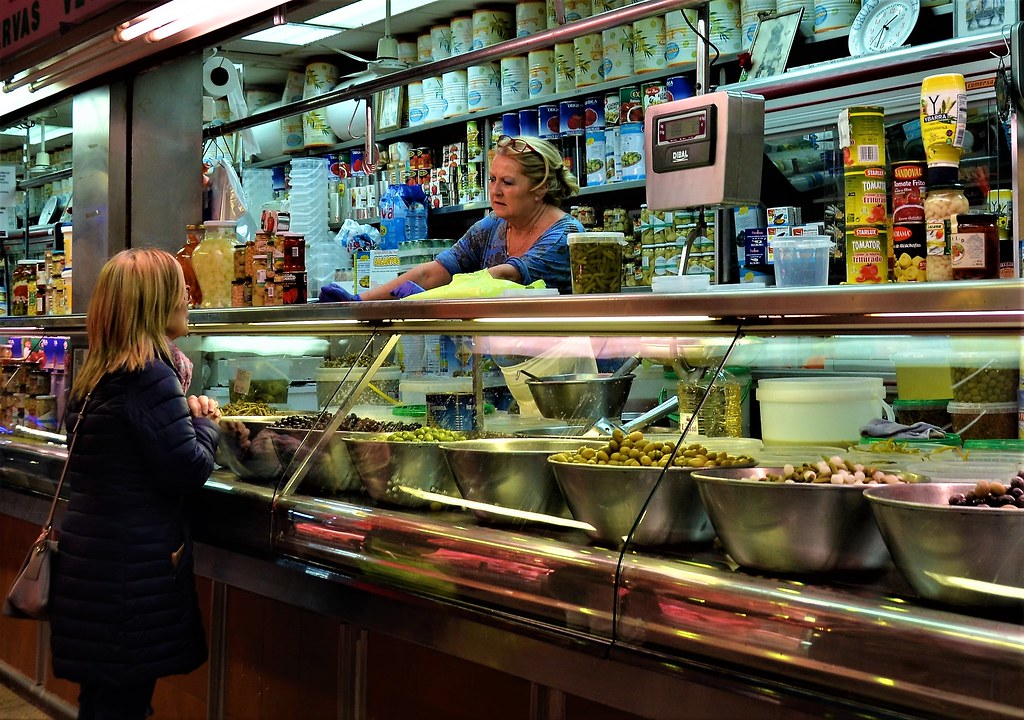
3 - San Cristóbal Market
The San Cristóbal Market is a charming neighborhood market that offers fresh products such as fruits, vegetables, meats, and fish. With a family-friendly and welcoming atmosphere, it is an essential meeting point for locals, who can also find spices and household items. Its architecture reflects the history of the neighborhood, and visiting this market is an excellent way to enjoy the everyday life of Buenos Aires and the quality of its products.
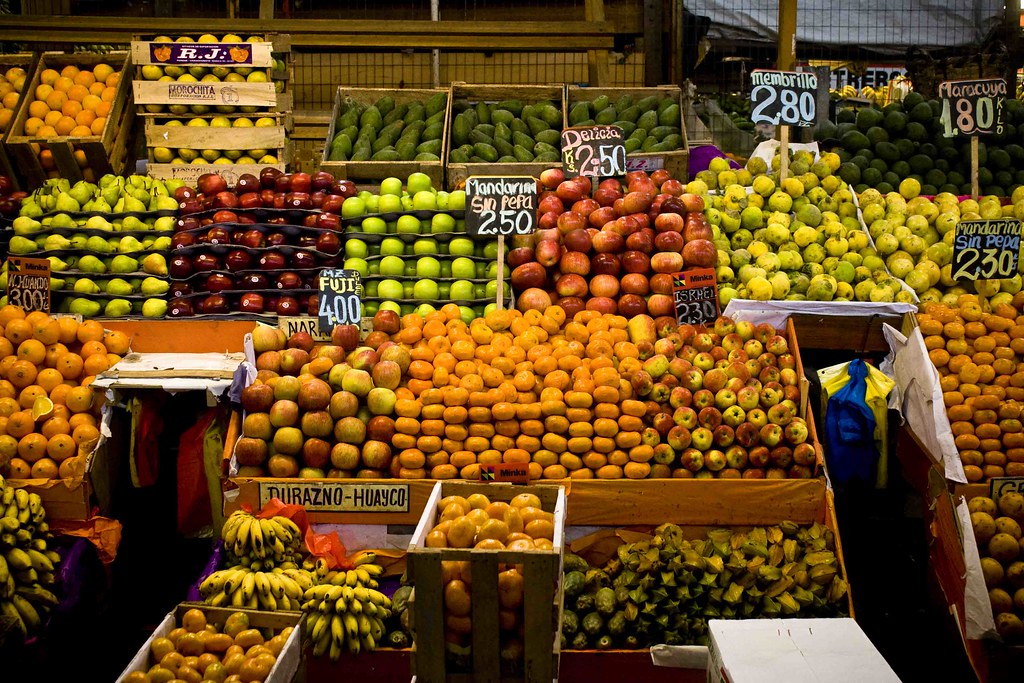
4 - Flea Market
Located in the Palermo neighborhood, this market is known for its bohemian atmosphere and vast collection of antique and curious objects. From vintage furniture to rare books and street art, it is a paradise for lovers of the unique and unusual, always maintaining its historical essence.
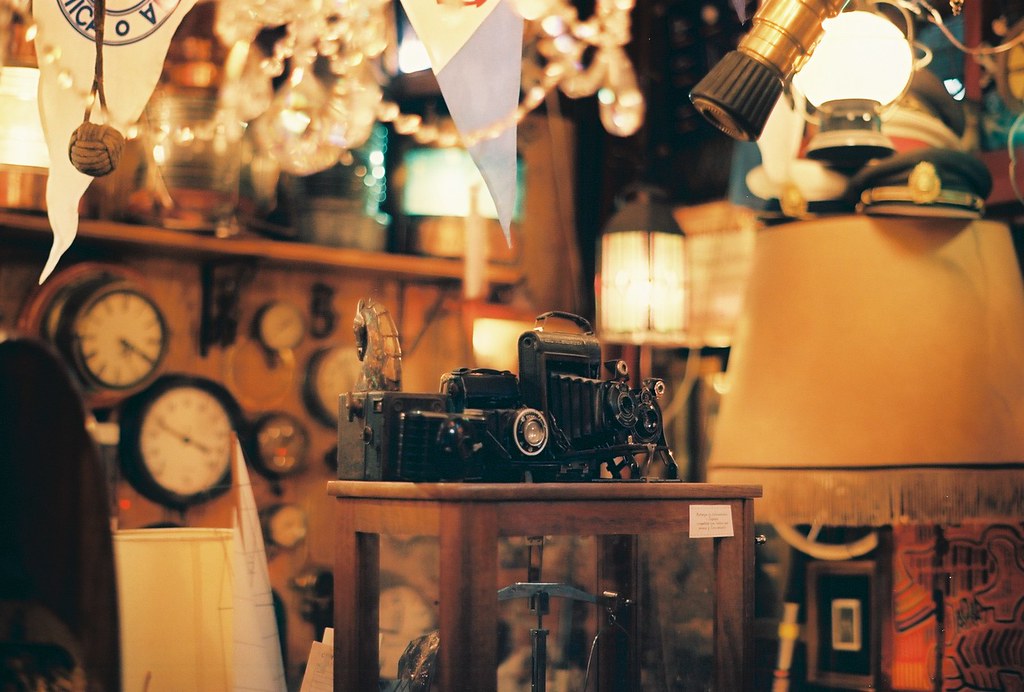
5 - Belgrano Market
This market, situated in the Belgrano neighborhood, combines the best of tradition and modernity in one place. Here, residents and visitors can find a wide variety of fresh products, gourmet delights, and a welcoming atmosphere that reflects the neighborhood's identity.
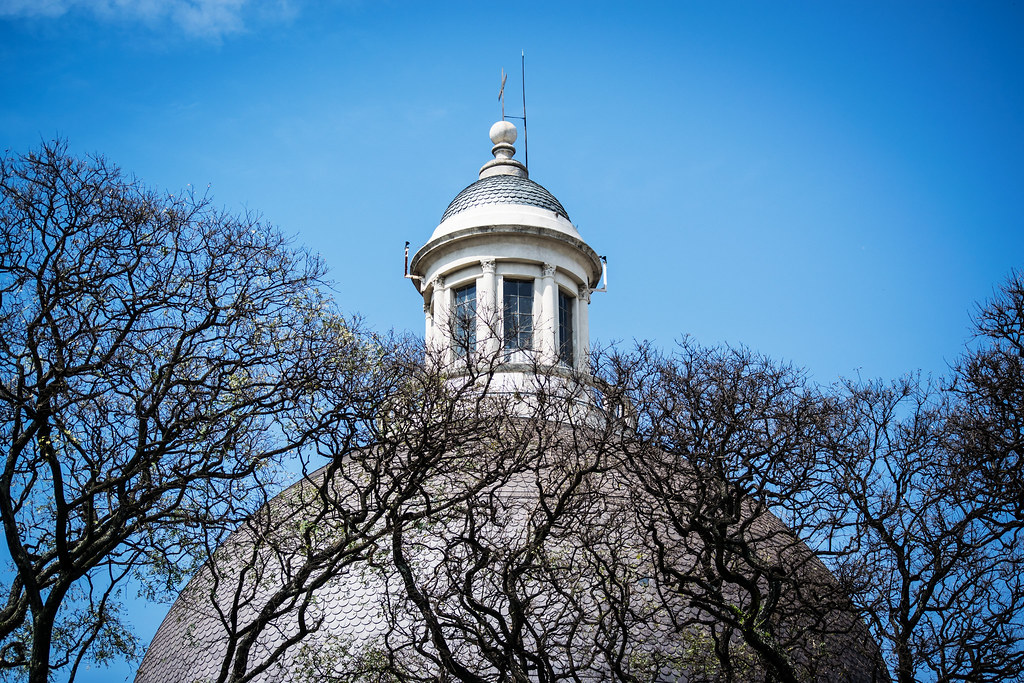
Buenos Aires is a vibrant and diverse city that offers a wealth of unique experiences, especially when it comes to its rich gastronomy and emblematic markets. Visiting these markets is not just an opportunity to discover fresh ingredients and unique products, but also to immerse yourself in the essence of porteño life. In these spaces, you can enjoy homemade meals with ingredients from all over the world, but above all, this is where you experience the true magic of Buenos Aires: the connection with family, culture, and tradition.
So, if you're looking for new adventures, these markets are the perfect place to start. You won’t just take home high-quality products; you'll also experience a journey that connects the ordinary with the extraordinary. Get ready to explore Buenos Aires and discover its hidden gems!